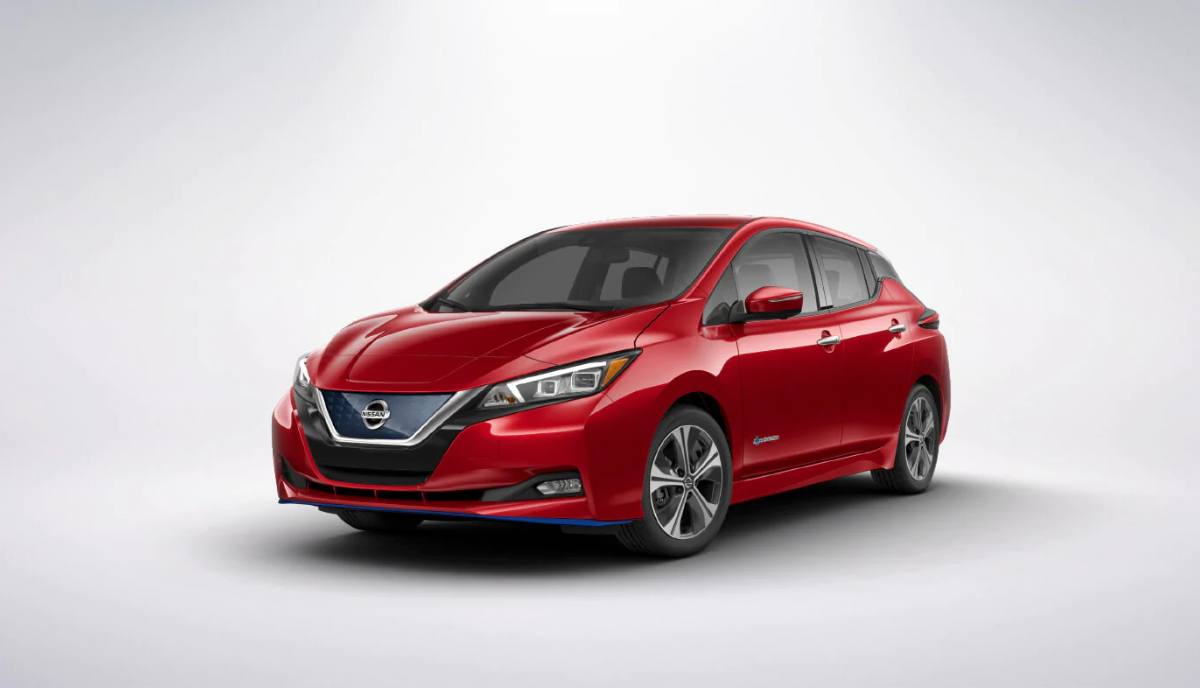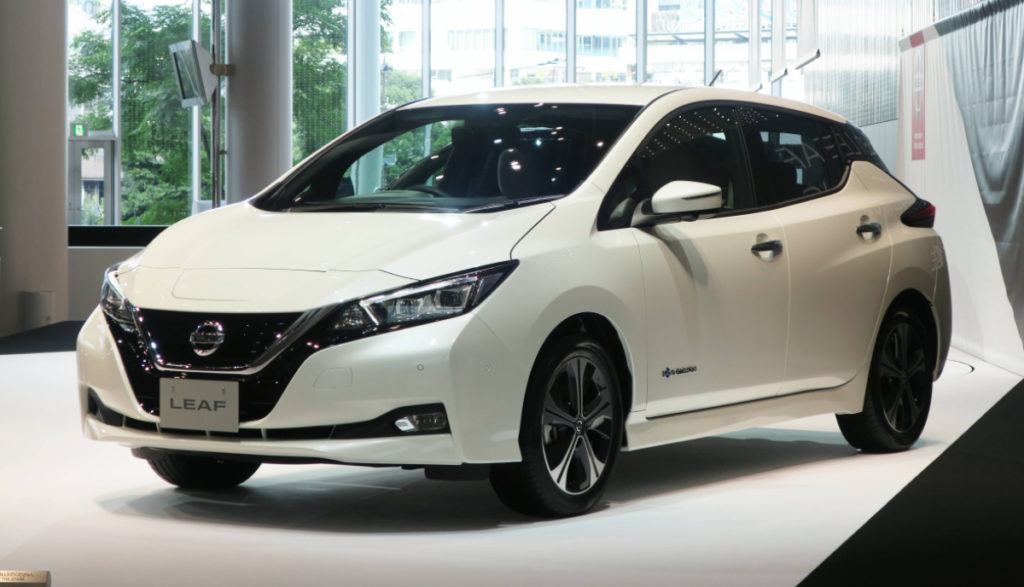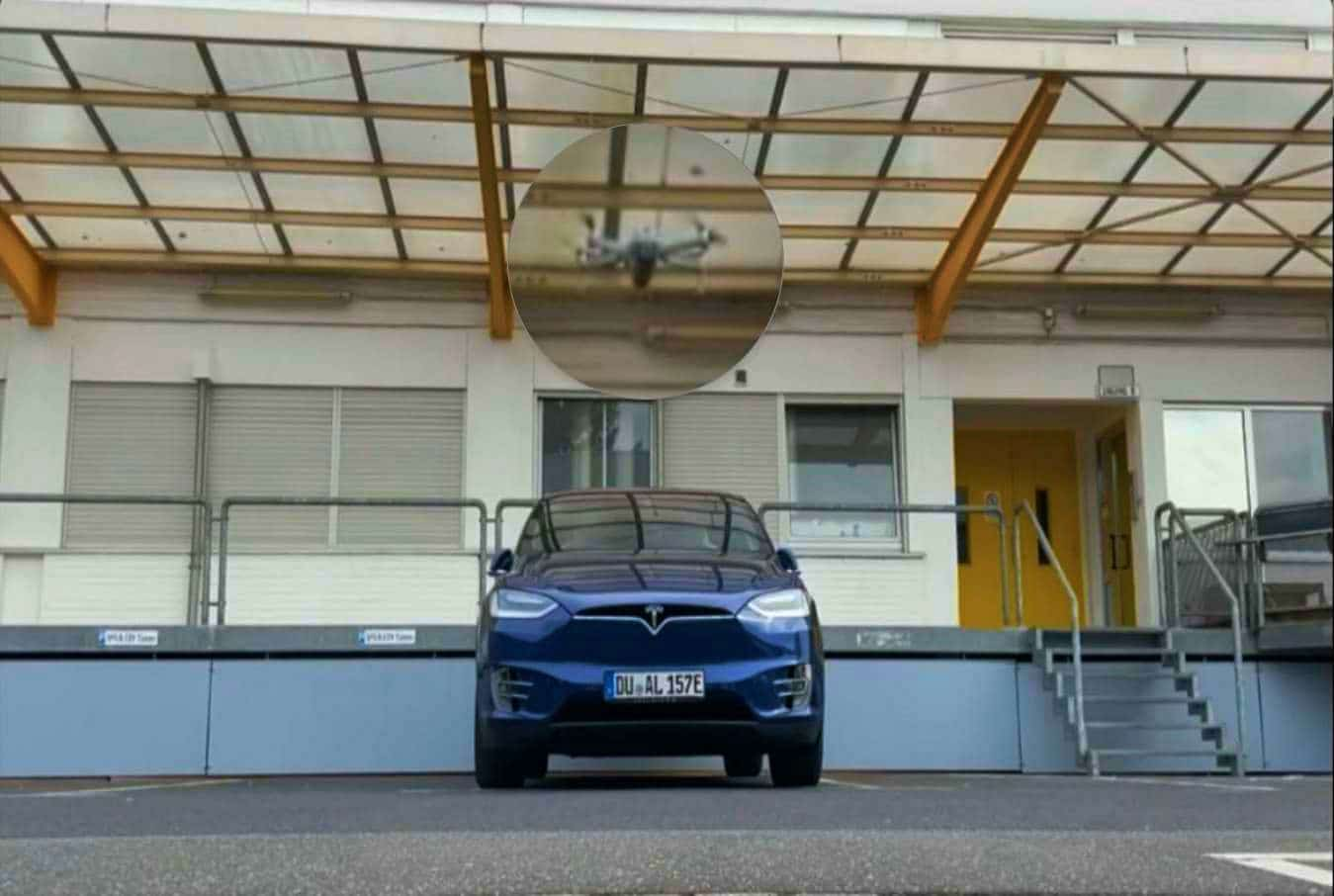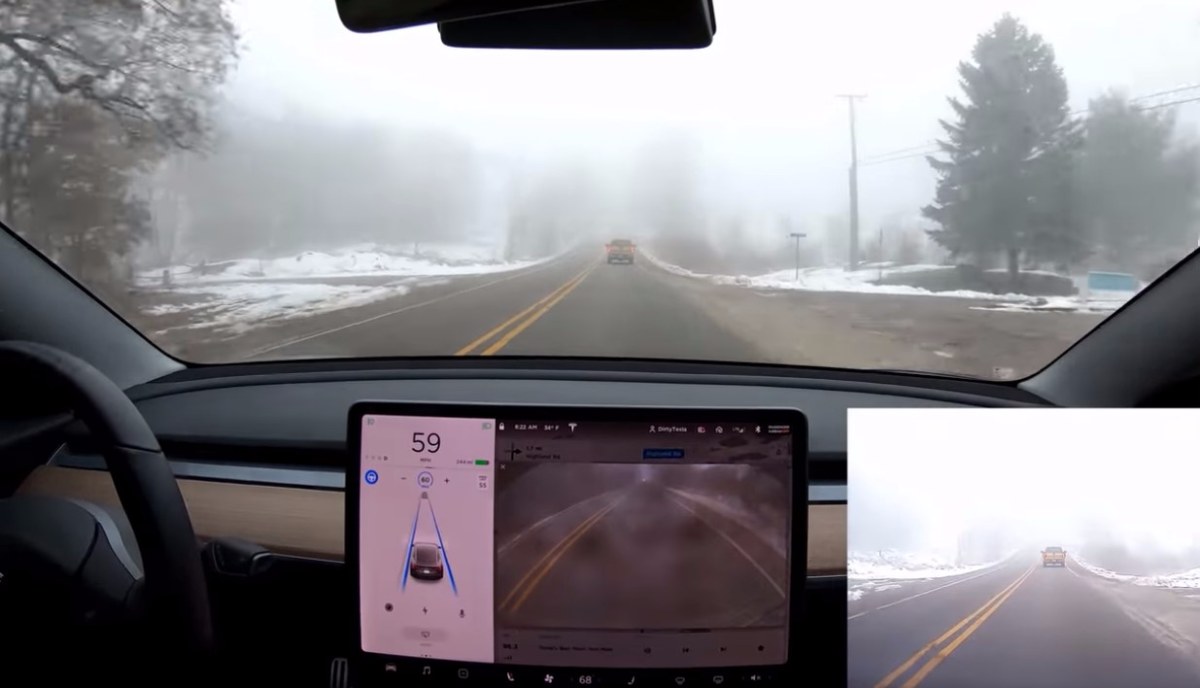The Japanese manufacturer wants you to buy Nissan Leaf over Tesla as they are set to launch a brand new Leaf electric car with the ability to charge your home. The feature will soon become available in the upcoming Nissan Leaf with a 40kWh which is launching soon in Australia.
The new Nissan Leaf will feature V2H (Vehicle To Home) functionality. Meaning users will be able to power their entire home using their vehicle. This feature is aimed at increasing the functionality of electric cars and making them more useful when they’re parked.
Furthermore, this feature also addresses an energy efficiency problem known as “Duck Curve”, which causes the renewable energy to go to waste.
Buy Nissan Leaf Over Tesla and Power Your Toaster
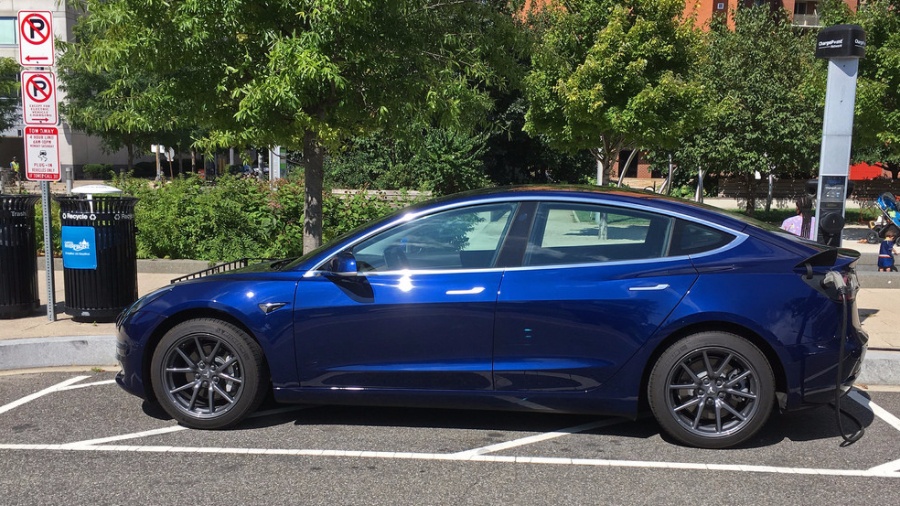
The brand new Nissan Leaf will feature a 40kWh battery, which will either be able to run your vehicle for up to 270km/h or power your home for 2 to 3 days. These figures can vary from region to region. For example, in a country like India, where the average electricity consumption of an average household was 90kWh/month in 2014, a car like Nissan Leaf could be used for almost a week.
This could be a game changer in all those places which suffer from blackouts or heavy electricity shortages.
Currently, almost all electric cars, including Tesla models, can store electricity within them. But they can’t power your house for that matter. That’s why this move from Nissan is being seen as a potential standard which other car companies could also follow in the future.
There are two reasons for the Nissan Leaf to have V2H charging:
- To maximize the use of electric vehicles when they are sitting idle in the parking
- To reduce the Duck Curve and efficiently utilize renewable energy
Nissan and Tesla Planning to Make Electric Vehicles More Useful
A huge number of vehicles spend their lifetime being parked. The Nissan Leaf will change that situation by turning itself into a large battery when it’s standing idle in the parking lot or in a garage.
Tesla, on the other hand, plans to use its highest selling car, the Model 3 as an Autonomous Robotaxi, when users are at work. These taxis will earn owners and Tesla a good amount of money in the process.
The methods might be different but the intent of both companies is almost the same.
How Nissan Leaf Claims To Reduce The Duck Curve
Nissan Global Head of Electric Vehicles, Nic Thomas, seems confident that users will buy Nissan Leaf over a Tesla. He claims that Nissan Leaf is the solution to the inefficient use of renewable electricity.
According to him, renewable energy or solar energy, in particular, is mostly generated at its peak during the middle of the day. Most of this energy isn’t stored or remains un-utilized.
What we need are “batteries” to store all this energy. Nissan Leaf has that particular battery, says Thomas.
However, there are still more than a few issues with Nissan Leaf and Thomas’s statement. The Nissan Leaf battery will offer a bi-directional flow of current. This will seemingly double the number of times a battery is charged or discharged.
In the paper titled “A review on lithium-ion battery aging mechanisms and estimations for automotive applications” the author says:
The effects of battery aging limits its performance and occur throughout life, whether the battery is used or not, which is a major drawback oF real usage.
The author goes on to explain that battery usage in different conditions only worsens the already degrading battery. You can read the paper in detail here.
Secondly, Thomas Nic seems to favor batteries as a viable solution but not big ones, especially if they’re from Tesla. Thomas called the Tesla battery deployed by Elon Musk in Hornsdale, South Australia, a “big waste” — despite almost everyone agreeing that the Tesla battery is a huge success.
The battery saved Australia almost $40 million in just one year of its existence.
Thus, it is hard to take the comments of Nissan’s global head as a critique to enhance Australia’s progress towards resource sustainability when it more seems like competition bashing.
Currently, the new Nissan Leaf V2H model is being tested extensively and will launch as soon as testing is approved.

